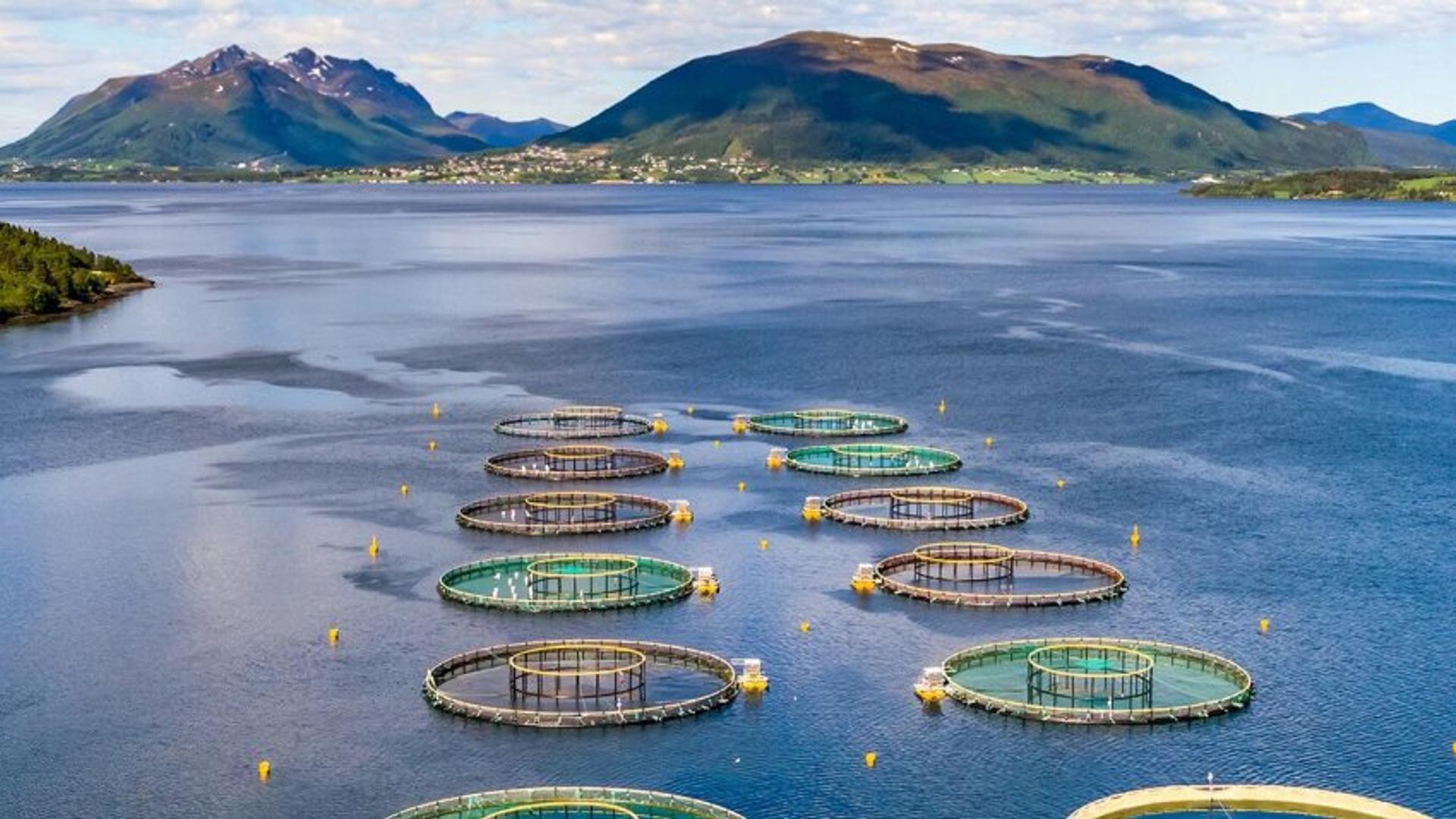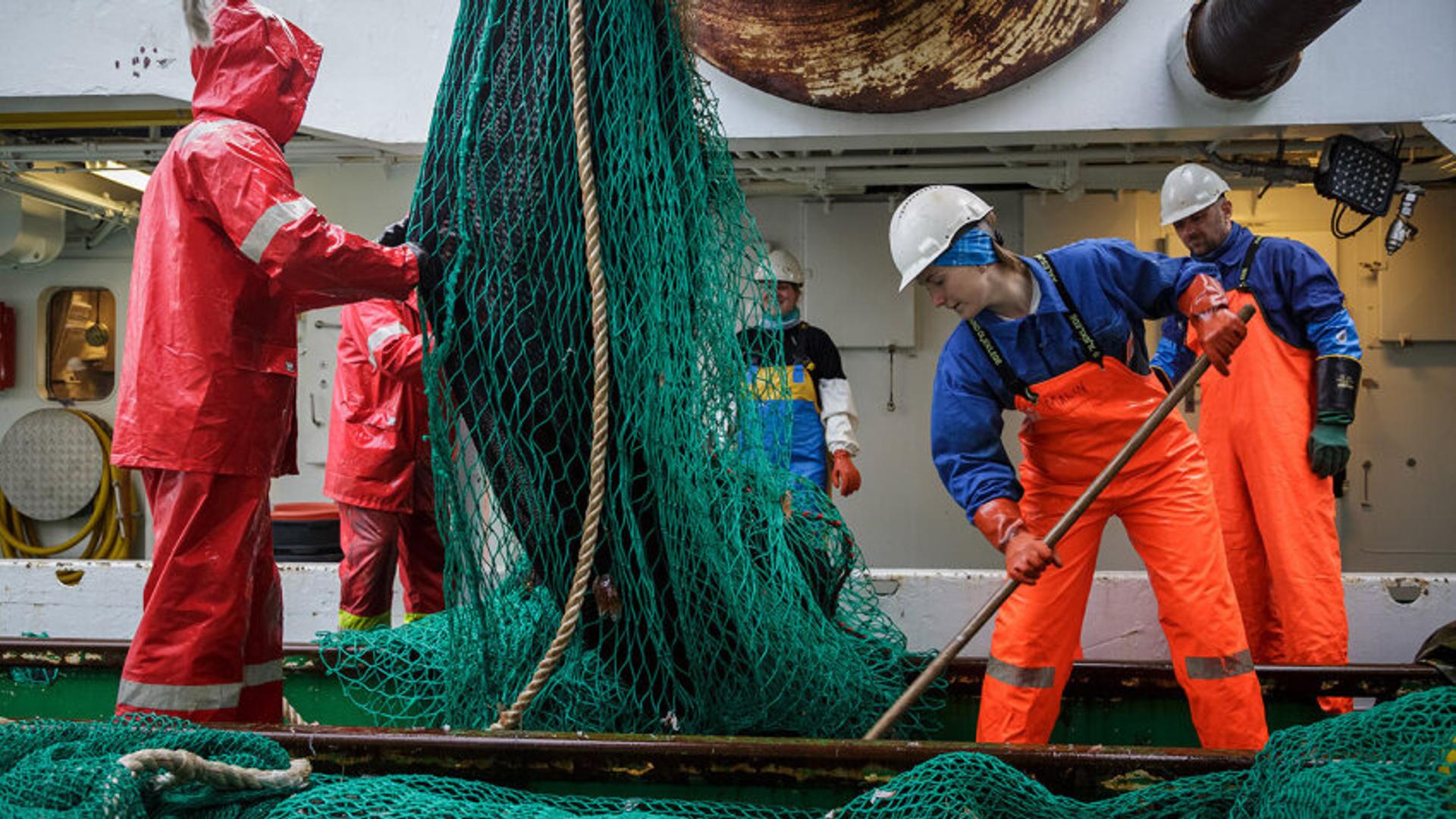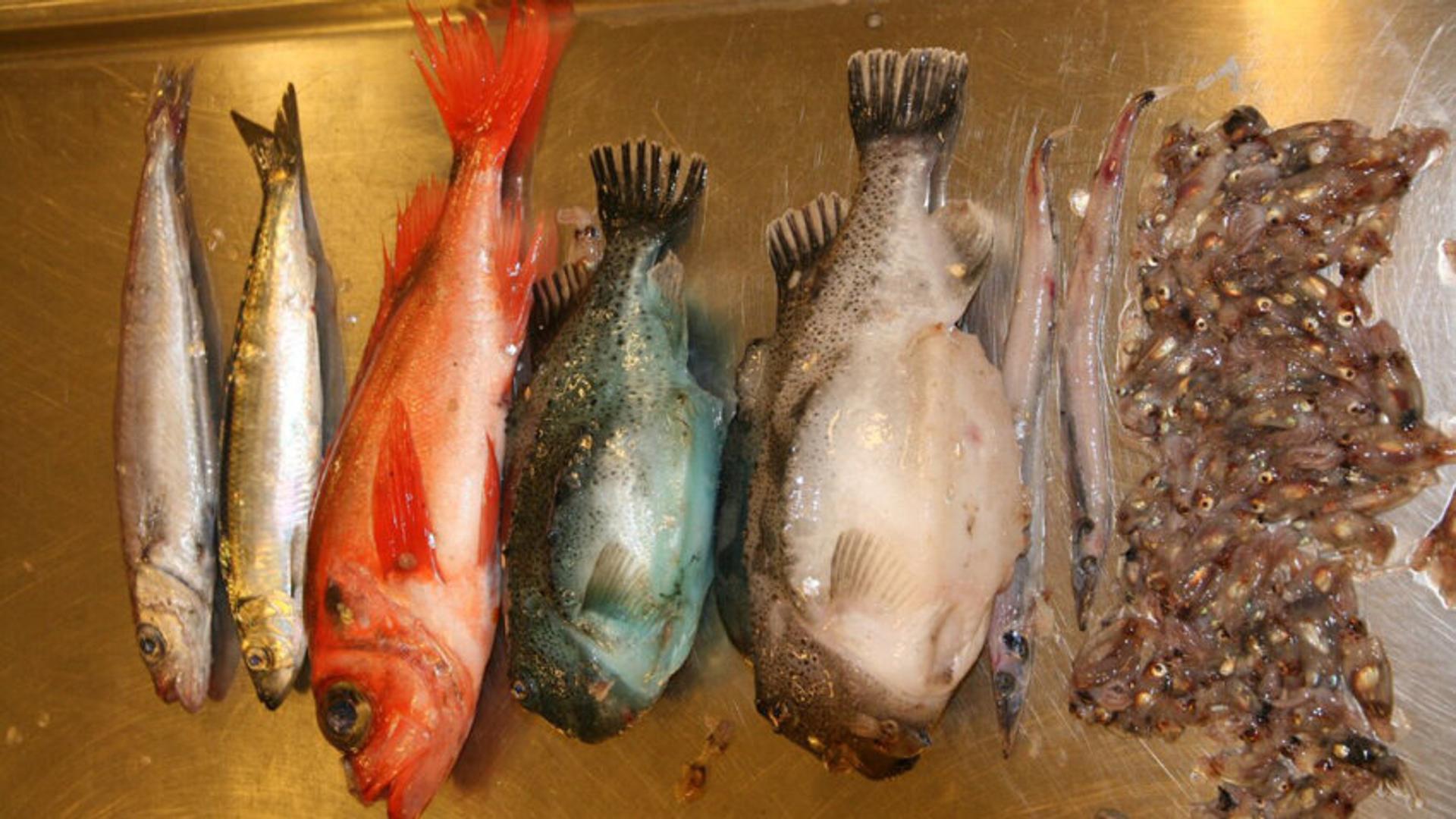Six times more food from the ocean

“The Future of Food from the Sea” – the first in a series of 16 Blue Papers commissioned by the High Level Panel for a Sustainable Ocean Economy – was published in November 2019.
The Blue Paper concludes that better management and technological innovation can enable a sixfold increase in the supply of food from the ocean compared to current levels. This represents more than two thirds of the animal protein needed to feed a growing global population.

Recommendations on production potential and limits
The generally accepted view has been that the production limit for capture fisheries has been reached. The Blue Paper argues to the contrary that by reducing overfishing, using catches more efficiently and increasing production from underfished resources, capture fisheries could yield as much as 20 per cent more fish catch than today under current fishing pressure.
Moreover, the report points out that marine aquaculture (mariculture) offers the greatest potential gains for food production because it is not limited by the same biological and ecological constraints as capture fisheries. Here, too, innovation is needed, particularly to find sustainable alternative feed ingredients and combat disease, parasites and negative environmental impacts.
“This is an important report, which is based on sound knowledge, and brings [us a step] further [in looking] at the potential of the ocean and what the challenges are,” says Research Director Geir Huse at the Institute of Marine Research (IMR).

Norwegian model of ocean management
The Blue Paper estimates that the ocean can provide 364 million metric tons more animal protein in the future, but this is dependent on improvements in fishery management. According to Huse, Norway has a lot to offer here.
“Norway has invested a lot in ocean management, and we profit from that through the sustainable extraction of resources. Our system of management is based on research and knowledge, in addition to business regulations and control. This model can definitely provide solutions to some of the challenges pointed to in the Blue Paper,” he says.

Norwegian contribution to the Blue Paper
Programme Director Peter Haugan at the IMR is one of three co-chairs of the High Level Panel Expert Group and represented the institute at the launch of the Blue Paper in Rome.
Professor Linda Nøstbakken at NHH Norwegian School of Economics was Norway’s contributing author to the report.
The original version of this article was published on the IMR website on 19 November 2019. Author: Marie Hauge.
For more information, please contact Geir Huse.
